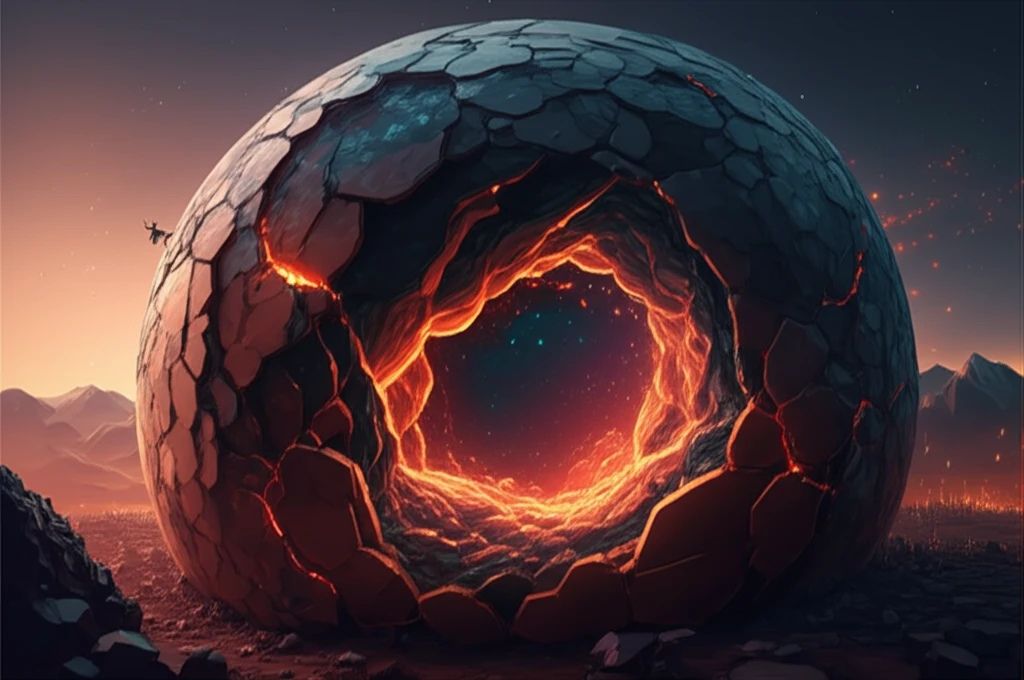
Unlocking Earth's Secrets: How Ancient Rock Formations Reveal Magma Mixing Dynamics
"Scientists are deciphering the complex processes behind magma formation using innovative isotope analysis techniques to understand crustal recycling and growth."
The Earth's crust is a dynamic environment where new materials are constantly formed and old ones are recycled through complex geological processes. Understanding these processes, particularly how magmas—molten rock beneath the surface—are generated and interact, is crucial to deciphering the planet's history and predicting its future.
One key area of investigation is the study of orogenesis, the process of mountain building. When continents collide and form mountain ranges, the Earth's crust undergoes immense pressure and heat, leading to the formation of magmas that often mix materials from both the mantle (the Earth's interior) and the crust (the outermost layer).
To truly understand the processes, scientists analyze the chemical and isotopic composition of ancient rocks. By analyzing these rocks, they gain insights into the sources of the magma, the extent of mixing, and the conditions under which these geological events occurred. One such rock formation, the Brovales pluton in the Ossa-Morena Zone of the Iberian Variscan Belt, offers a unique window into these deep Earth processes.
The Brovales Pluton: A Natural Laboratory for Magma Mixing

The Brovales pluton, located in the Ossa-Morena Zone (OMZ) within the Iberian Variscan Belt, presents a unique opportunity to study magma mixing. Variscan plutons in the OMZ are unique due to their variety of mafic-intermediate-felsic intrusions. These intrusions are generated during intra-orogenic extension, leading to a complex interplay between mantle and crustal dynamics.
- Zircon Analysis: SHRIMP U-Th-Pb dating and oxygen isotope analysis of zircons (a robust mineral found in many rocks) provide crucial information about the age and origin of the magma sources.
- Isotopic Studies: Measuring isotopes of elements like strontium (Sr) and neodymium (Nd) helps determine the relative contributions of the mantle and crust.
- Geochemical Analysis: Analyzing the major and trace element composition of the rocks reveals the chemical characteristics of the magma and the extent of mixing.
Implications for Understanding Earth's Evolution
This study of the Brovales pluton enhances understanding of magma dynamics during orogenesis. Revealing the mixing of mantle and crustal sources explains a key factor in the formation of hybrid magmas. This research informs models of crustal recycling and continental growth.
